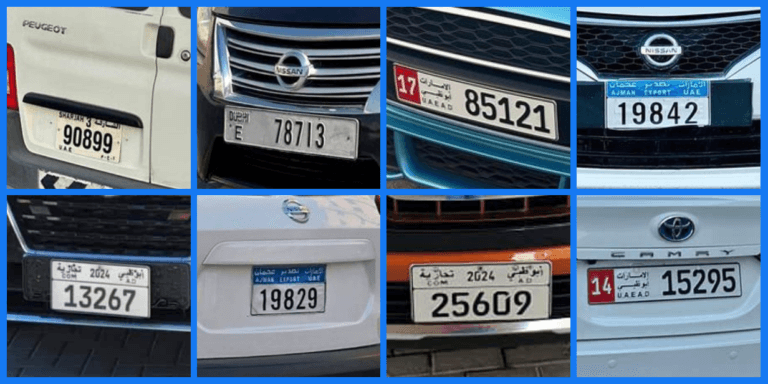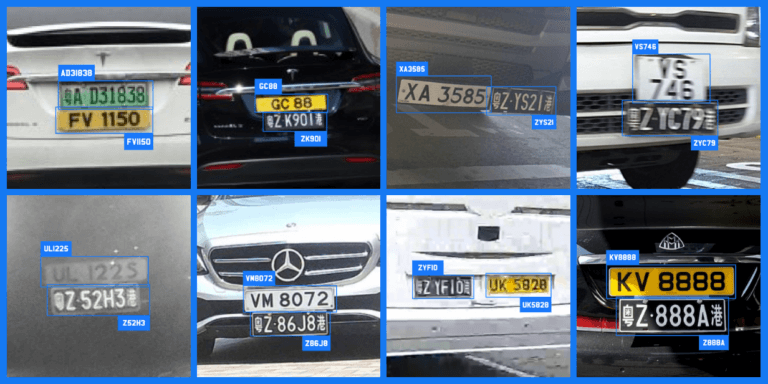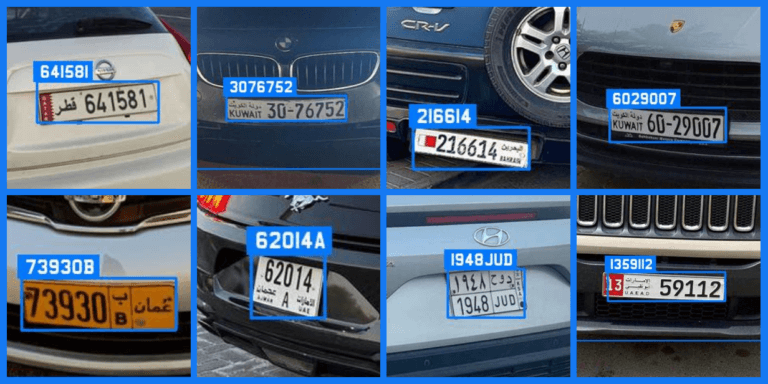If you’re planning to visit Mexico, expect that you’re going to be spending most of your time in traffic. The country’s population has grown over six-fold from 1910 to the early 21st century, and that can only mean one thing – a harsh traffic and road safety situation. With a population of over 129 million people, it is one of the most populous countries in the world and is globally ranked as the 13th country with the worst traffic.
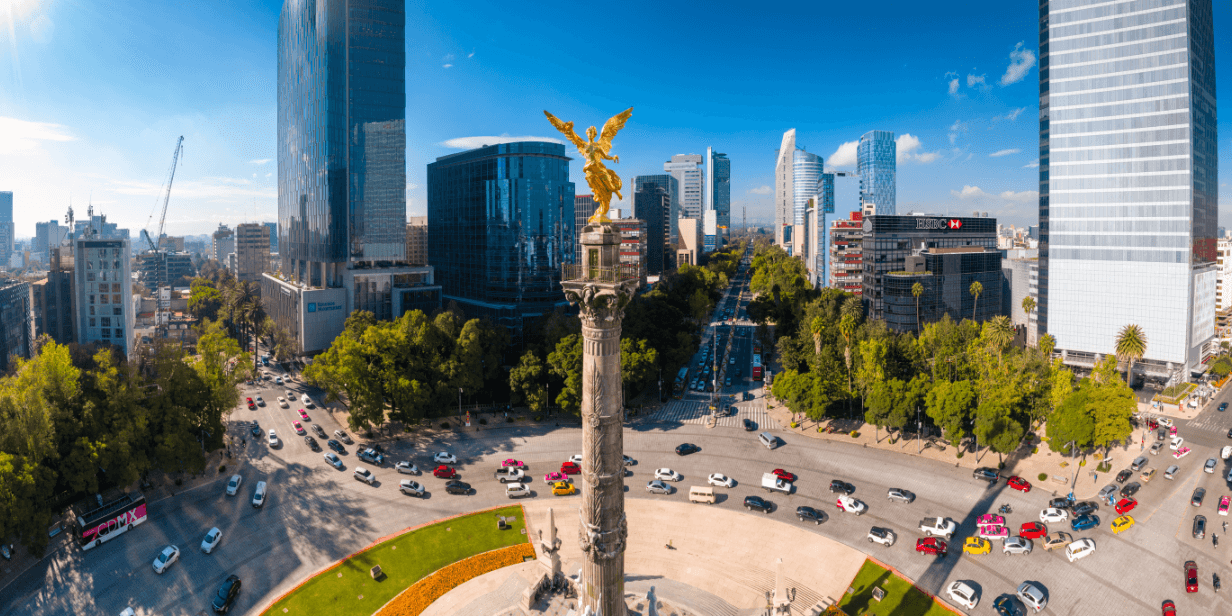
Aerial view of the Independence Monument in Mexico. Source: Canva
According to a 2021 study by INRIX, drivers spend an average of 67 hours in congestion over the year. In more recent data, the number has increased by 36 hours; on average individuals now spend around 132 hours stuck in traffic annually.
On top of this, crime rates as well as traffic fatalities are also increasing because of the growing population. In this article, we see how ALPR for Mexico can be a useful solution for both the private and public sectors to alleviate the traffic problem and all of the side effects that go with it.
What is ALPR for Mexico?
ALPR stands for Automatic License Plate Recognition. It’s a technology that uses cameras and computer algorithms to automatically read and recognize license plates on vehicles.
Also known as ANPR which stands for automatic number plate recognition, ALPR systems use specialized cameras that capture high-resolution images of license plates as vehicles pass by or through a checkpoint. The images are then processed using optical character recognition (OCR) software, which extracts the license plate number and converts it into text that can be read by a computer.
If you’d like to know more about ANPR cameras, we recommend reading our Guide on How ANPR Works.

ALPR for Mexco. Source: Plate Recognizer
On the other hand, ALPR for Mexico is ALPR technology that has been fine-tuned to the specific needs of the country. For instance, our ALPR engine has been localized to recognize and interpret license plates that are unique to Mexico. The ALPR for Mexico also has the following country-specific features:
Easy to Integrate with Existing Systems – Our ALPR engine can be integrated with other existing systems in the country, such as traffic management systems, law enforcement databases, and toll collection systems.
Provides Data Security – ALPR for Mexico is designed with a data security feature called Blur to protect the privacy and rights of citizens. This feature can easily blur out license plates and faces for privacy purposes.
Adapted to Weather and Lighting Conditions – ALPR for Mexico has been fine-tuned to function effectively under various weather and lighting conditions. This includes accounting for poor lighting, heavy rain, and other weather conditions that may affect the quality of the images captured by the cameras.
ALPR Technology for the Public Sector
From a practical point of view, how can ALPR technology be used by public services and enterprises? There are several applications for this type of technology that can address the different challenges the public sector is facing, related to traffic, security, and automation.
Traffic Management and Data
One of the main problems the ALPR for Mexico can help with is traffic. To reduce road congestion in the country, more specifically in big cities, ALPR cameras can be installed at key points along highways or in congested urban areas to capture license plate data from passing vehicles. This data can be used to analyze traffic patterns and identify areas where congestion is a problem.
By analyzing the license plate data, traffic management authorities can identify peak traffic times and locations and develop strategies to alleviate congestion, such as adjusting traffic signal timing or implementing road closures.
Additionally, gathering data with the use of ALPR lets authorities review driving behavior which could be the main culprit for congestion and road fatalities. Experts say that in Mexico there’s a lack of respect for traffic laws and a tendency towards aggressive driving and lane cutting. With ALPR for Mexico, these types of violations can be recorded, and the driver can be automatically elected to undergo continuing driver education.
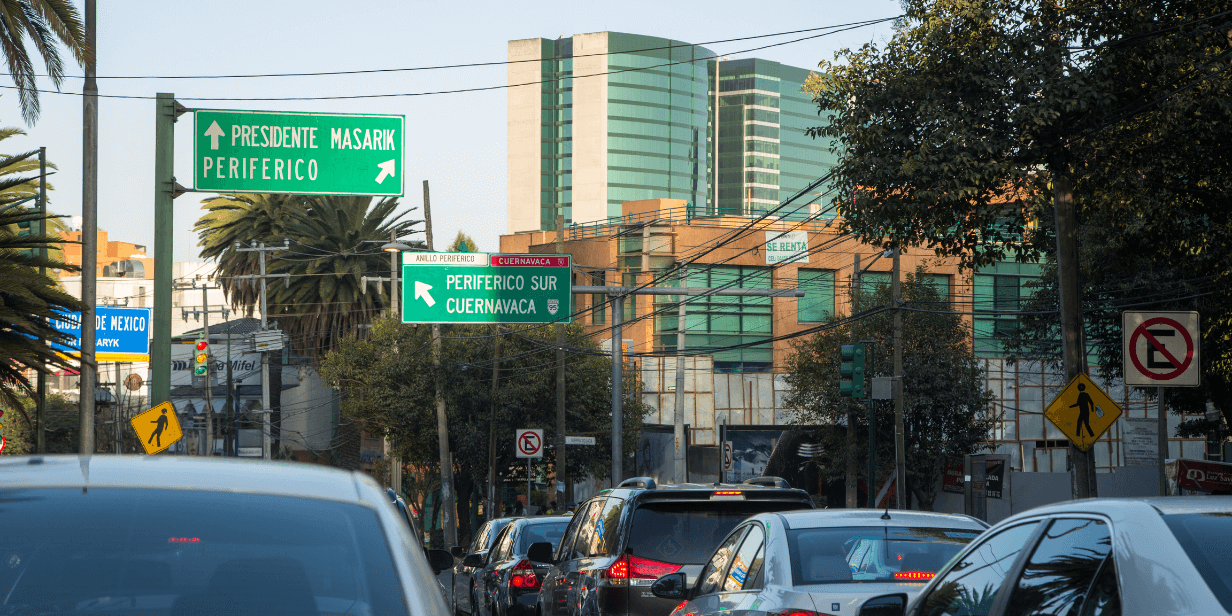
Traffic jam in Mexico. Source: Canva
Law Enforcement
In law enforcement, ALPR technology can be used to identify stolen or wanted vehicles. It’s also used to monitor the movements of suspects or persons of interest. Police vehicles equipped with ALPR cameras can scan license plates and compare them to a database of known vehicles of interest, alerting officers if there is a match. This can help law enforcement to identify and track criminal suspects, as well as recover stolen vehicles.
Augmenting law enforcement efforts through the use of ALPR engines is important because there have recently been reports of violent crime in some parts of Mexico, particularly in the northern border regions and certain states on the Pacific coast. ALPR for Mexico can help monitor specific areas where crime rates are rising.

Young woman pulled over by a police officer. Source: Canva
Border Control and Customs Enforcement
ANPR can be used for border control and customs enforcement, particularly at Mexico’s land border crossings with the United States. ANPR cameras can scan the license plates of vehicles entering or leaving Mexico, allowing border authorities to monitor traffic flow and identify potential security threats.
EMT Response
It is also worth noting that Mexico has one of the highest rates of traffic fatalities in the world, with an average of around 22 deaths per 100,000 inhabitants per year. This is partly due to factors such as poor road infrastructure, a lack of traffic law enforcement, and high levels of alcohol consumption among drivers.
Using ALPR for Mexico, fatalities can be minimized through close monitoring and strict law enforcement. However, in the unlikely case that accidents happen, it’s possible for EMTs to respond quickly and move to the accident site with an ALPR stream.

Car crash along a major highway with an ambulance. Source: Canva
Use of ALPR for Mexico in the Private Sector
It’s not just government agencies that can benefit from incorporating ALPR technology into their processes and setup. Businesses, individuals, and communities in the private sector can also use ALPR for Mexico for a variety of purposes such as:
Parking Management
One common use of ALPR technology in the private sector is for parking management. ALPR cameras can be installed at parking entrances and exits, allowing for automatic license plate recognition and payment processing. This can help to streamline the parking process, reduce congestion, and improve the overall customer experience.

Empty parking space. Source: Canva
Logistics
ALPR for Mexico can also be used for vehicle tracking in industries such as logistics and transportation. By scanning license plates at key points along a delivery route, companies can track the movement of their vehicles and ensure that they are following the correct route and timeline, improving efficiency, reducing delivery times, and ensuring that products are delivered on time.
Security and Safety
One of the best benefits of ALPR for Mexico in the private sector is security and safety. If you’re a business or are in the business of parking management or security, it’s essential for you to make use of ALPR technology to safeguard your establishment as well as your customers. Other applications for security include:
Access Control – control access to private property, such as parking lots or gated communities.
Theft Prevention – it can help prevent theft by identifying and tracking specific vehicles.
Surveillance – ALPR technology can be used for surveillance purposes, such as monitoring the movements of vehicles around a facility or tracking the movements of suspects in an investigation.
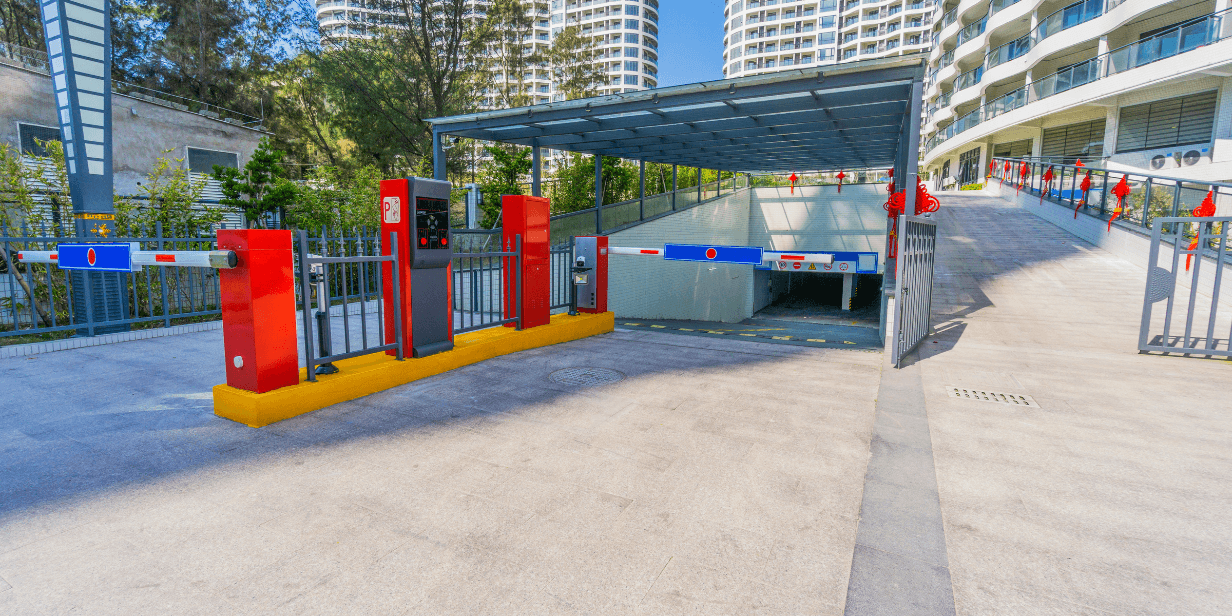
Tollbooth for underground parking. Source: Canva
Test Drive for Free: ALPR for Mexico
If the ALPR for Mexico is something that you’re interested in trying, test drive the ALPR for free by signing up for an account. For more questions regarding the ALPR for Mexico, send us a message anytime. We’re ready to answer them.
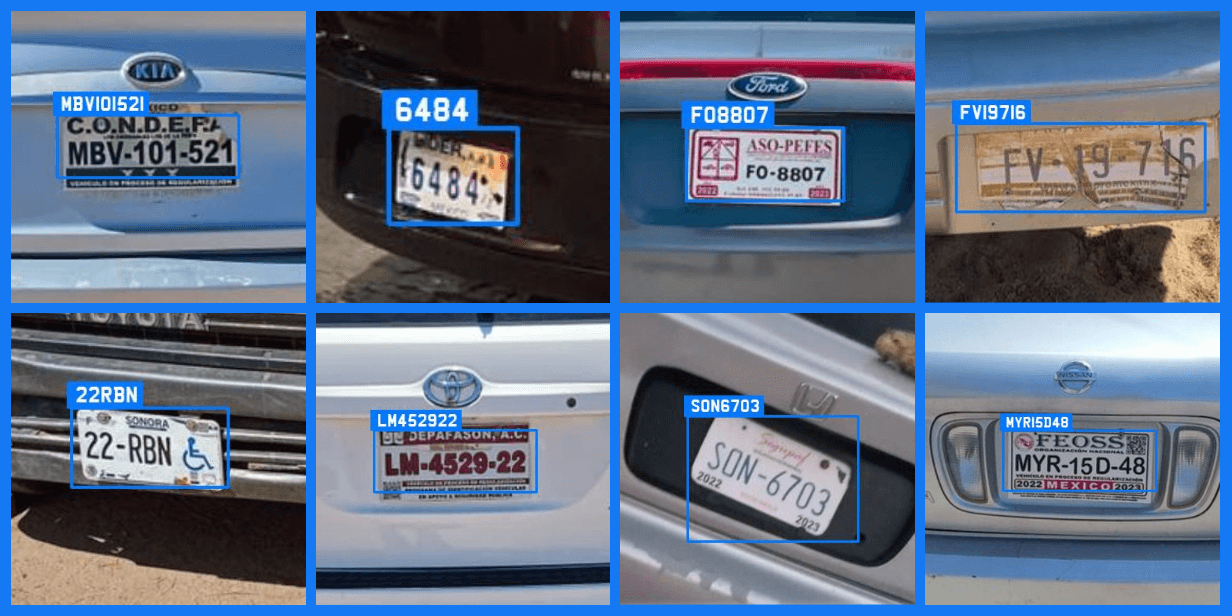
Mexican plates decoded by Plate Recognizer Software. Source: Plate Recognizer
